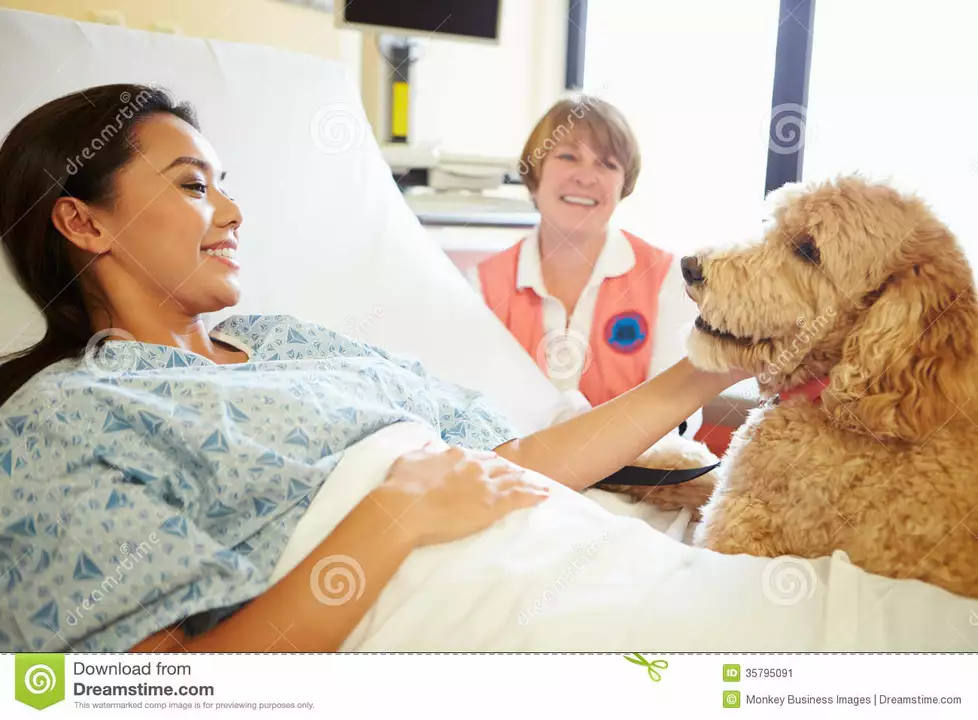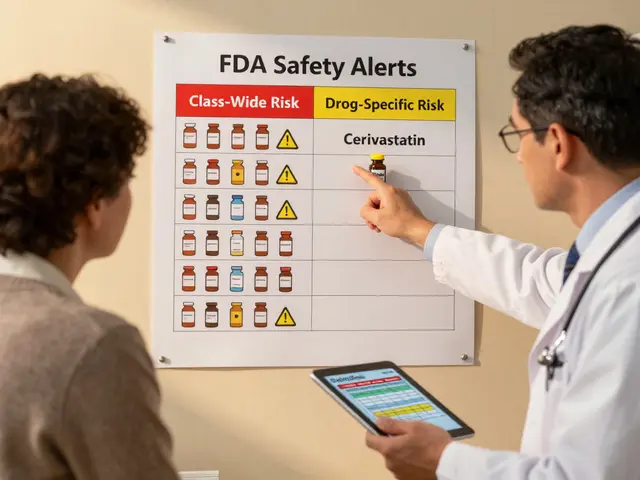Melanoma Detection: How to Spot Skin Cancer Early
Melanoma can grow fast, but when you catch it early the cure rate jumps. You don’t need special training to notice the warning signs—just a little habit and attention. Below are clear, practical steps you can start doing today.
Start with the ABCDE rule. Check any mole or dark spot for:
A—Asymmetry: one half doesn’t match the other.
B—Border: edges that are ragged, notched, or blurred.
C—Color: uneven shades, especially black, blue, white, or red.
D—Diameter: larger than 6 mm (about a pencil eraser), though smaller lesions can be risky.
E—Evolving: any change in size, shape, color, or symptoms like itching or bleeding.
Do a monthly self-check. Look at front and back in a mirror, then each side, the scalp (use a comb or ask for help), palms, between fingers and toes, soles, and the groin. Take photos if you want a record—date them. If a spot changes over weeks, don’t wait.
When to See a Doctor
Make an appointment if a mole meets any ABCDE criteria, it hurts, it bleeds, or it forms a new lump. If you have many moles, a personal or family history of melanoma, fair skin, lots of sunburns, or use tanning beds, see a dermatologist for a baseline check. A dermatologist can do a quick skin exam and decide if a biopsy is needed.
During a clinic visit expect a clinical exam and possibly dermoscopy—a handheld device that magnifies and lights the skin. If a spot looks suspicious, the doctor will remove it or take a small sample (biopsy) for testing. That’s the only way to confirm melanoma.
Modern Tools and Practical Tips
Dermatologists use digital dermoscopy and total-body photography to track changes over time. Telederm apps exist, but treat them as a first look, not a diagnosis. Some apps use AI; they can flag risk but don’t replace a biopsy or exam by a specialist.
Prevention is simple and effective: use broad-spectrum SPF 30+ daily, wear a hat and UV-protective clothing, avoid tanning beds, and seek shade during peak sun. Check kids and remind older relatives—melanoma can appear where you wouldn’t expect it.
If you find a changing mole, book a clinic visit the same week. Early detection saves treatment, time, and stress. Keep records, stay vigilant, and ask a dermatologist about regular skin checks if you’re at higher risk.

The Role of Pets in Melanoma Detection and Support
As a pet owner, I've been amazed to learn about the role of pets in melanoma detection and support. Our furry friends not only bring joy into our lives, but they have also shown an incredible ability to detect skin cancer in their owners. Studies have found that some dogs can smell melanoma, helping in early detection and potentially saving lives. Additionally, pets provide emotional support to those battling melanoma, reducing stress and improving mental well-being. It's truly heartwarming to realize the impact our pets can have on our health and happiness.
Health and WellnessLatest Posts
Tags
- online pharmacy
- medication
- dietary supplement
- side effects
- online pharmacy UK
- medication safety
- mental health
- impact
- online pharmacies
- dosage
- skin health
- health
- pain relief
- dietary supplements
- massage therapy
- medication side effects
- eye inflammation
- health benefits
- mental health treatment
- thyroid medication




